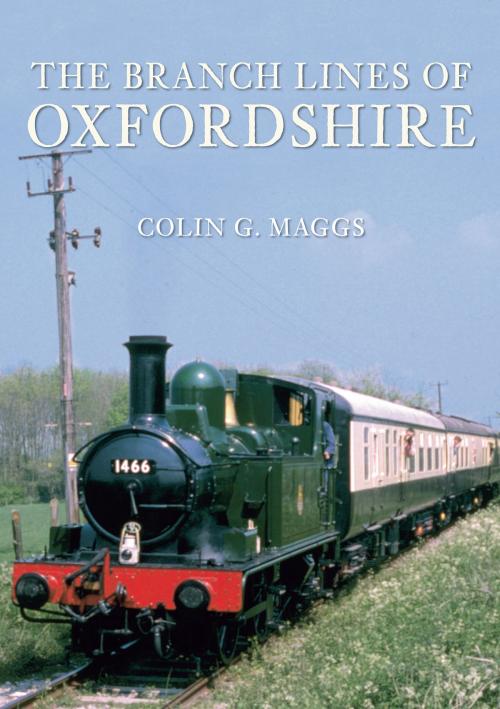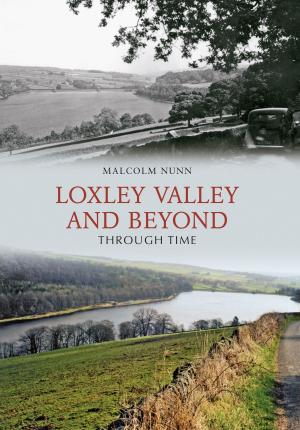| Author: | Colin Maggs, MBE | ISBN: | 9781445625638 |
| Publisher: | Amberley Publishing | Publication: | November 15, 2010 |
| Imprint: | Amberley Publishing | Language: | English |
| Author: | Colin Maggs, MBE |
| ISBN: | 9781445625638 |
| Publisher: | Amberley Publishing |
| Publication: | November 15, 2010 |
| Imprint: | Amberley Publishing |
| Language: | English |
The branch lines of Oxfordshire were not so numerous as those of some other counties, but they carried a wide variety of locomotives and rolling stock, and included specialist lines such as those for Morris Cowley, as well as branches of the Great Western Railway. Many of the lines centred on the county town, Oxford, and though a number were short, some, such as those to Fairford and Bletchley, were longer. Most of the lines were rural, but some formed part of a through route, such as the Cheltenham-Banbury, Paddington-Thame-Oxford, Paddington-Birmingham and Oxford-Cambridge lines. Among those lines which have rarely been reviewed in publications are the Bicester Military Railway, the Wroxton Quarry Railway and the Chinnor and Princes Risborough Railway. All Oxfordshire's branch lines are described here in an entertaining and informative text that brings their history to life. A brief account is given of the county's main railway routes before each branch is looked at in detail. The book is illustrated with over 190 black and white photographs, maps and ephemera which capture the history of Oxfordshire's railways. Carefully researched and attractively presented, The Branch Lines of Oxfordshire will appeal to railway enthusiasts, modellers, local historians and anyone interested in Britain's industrial heritage.
The branch lines of Oxfordshire were not so numerous as those of some other counties, but they carried a wide variety of locomotives and rolling stock, and included specialist lines such as those for Morris Cowley, as well as branches of the Great Western Railway. Many of the lines centred on the county town, Oxford, and though a number were short, some, such as those to Fairford and Bletchley, were longer. Most of the lines were rural, but some formed part of a through route, such as the Cheltenham-Banbury, Paddington-Thame-Oxford, Paddington-Birmingham and Oxford-Cambridge lines. Among those lines which have rarely been reviewed in publications are the Bicester Military Railway, the Wroxton Quarry Railway and the Chinnor and Princes Risborough Railway. All Oxfordshire's branch lines are described here in an entertaining and informative text that brings their history to life. A brief account is given of the county's main railway routes before each branch is looked at in detail. The book is illustrated with over 190 black and white photographs, maps and ephemera which capture the history of Oxfordshire's railways. Carefully researched and attractively presented, The Branch Lines of Oxfordshire will appeal to railway enthusiasts, modellers, local historians and anyone interested in Britain's industrial heritage.















